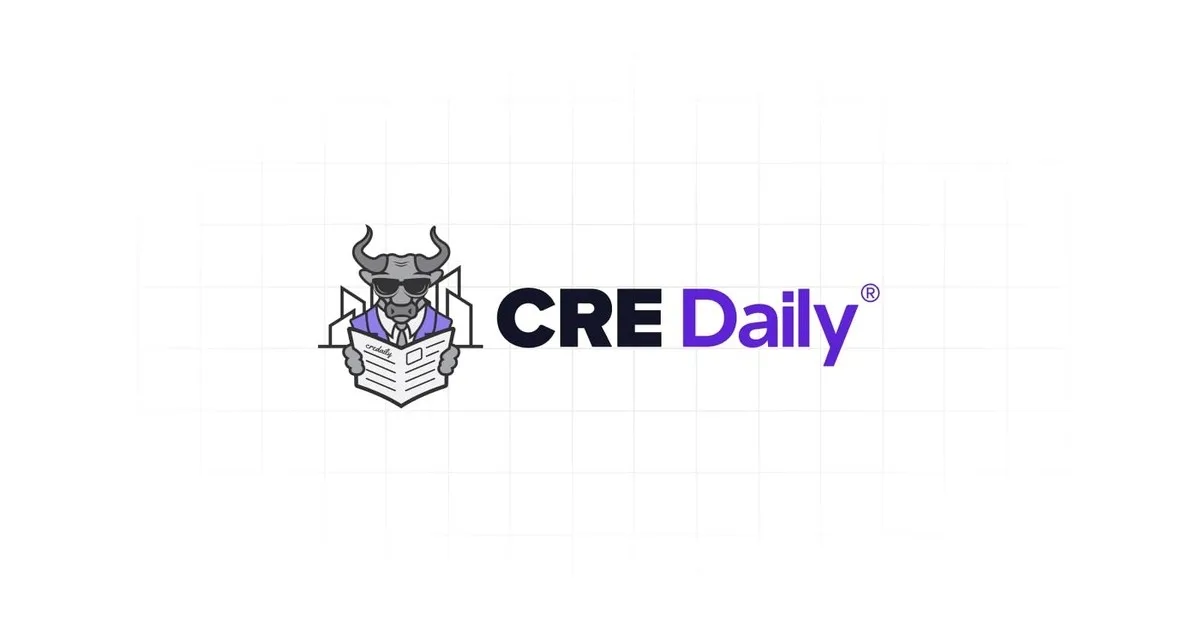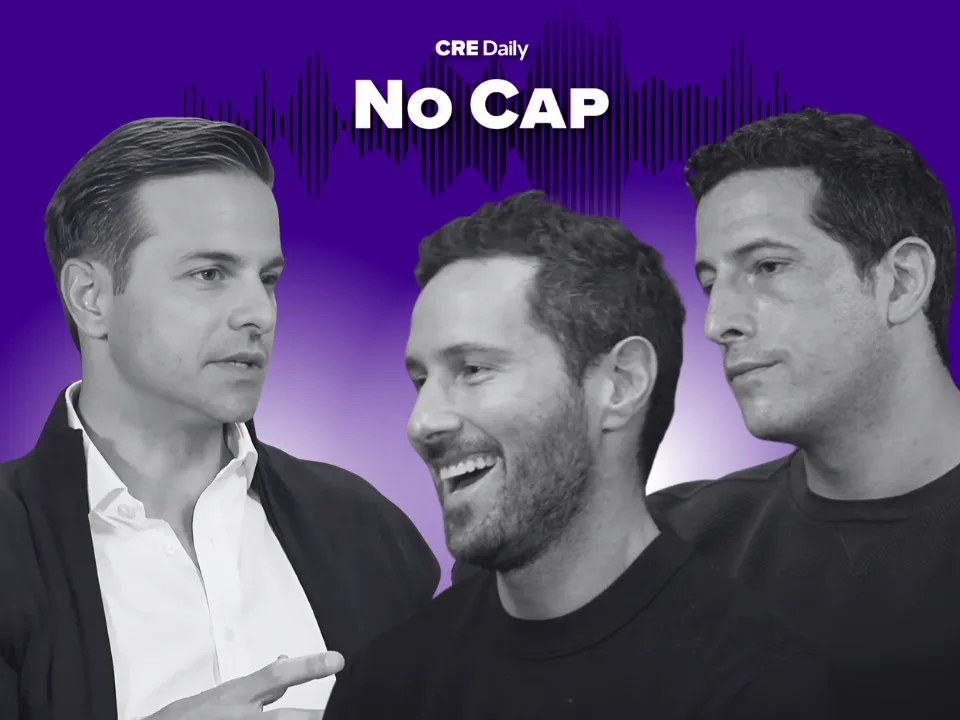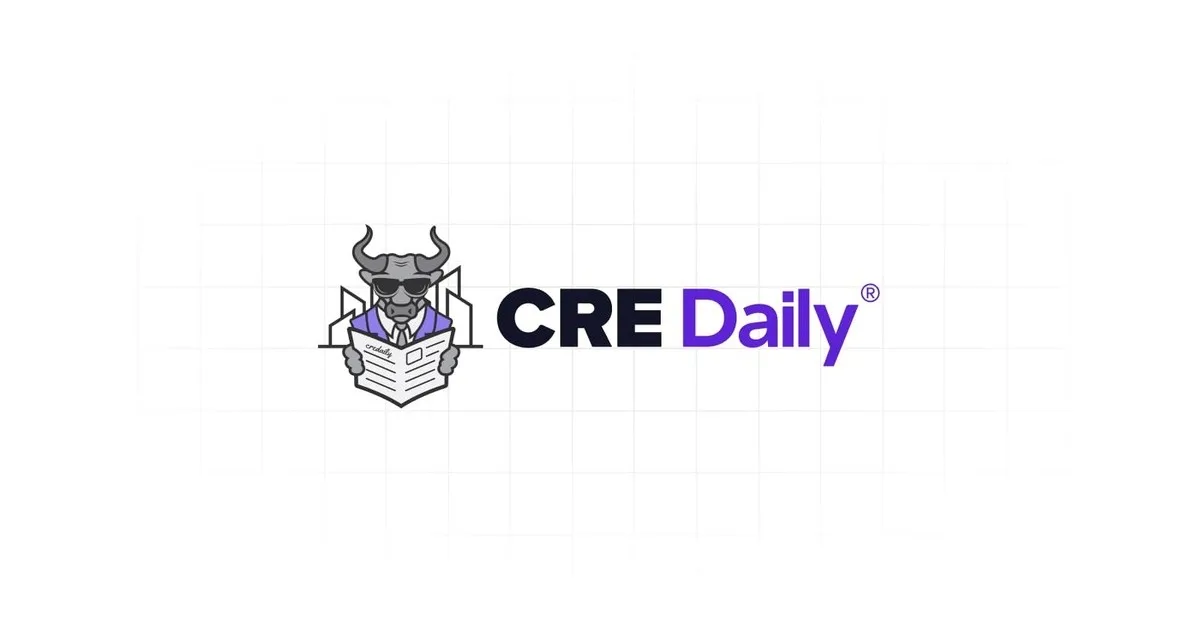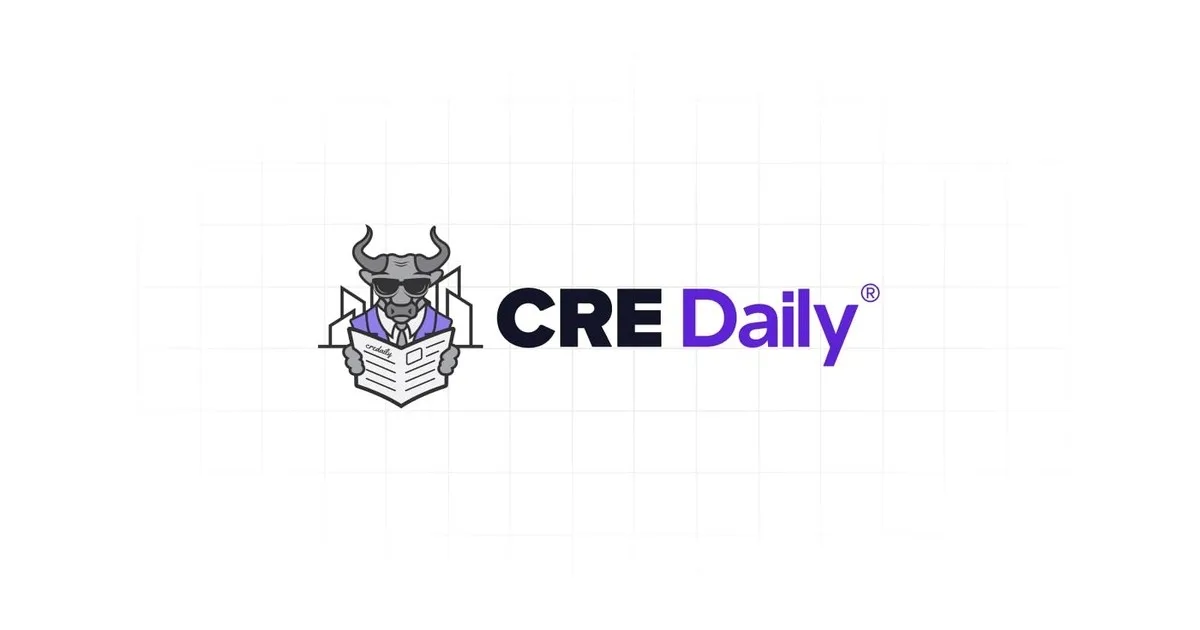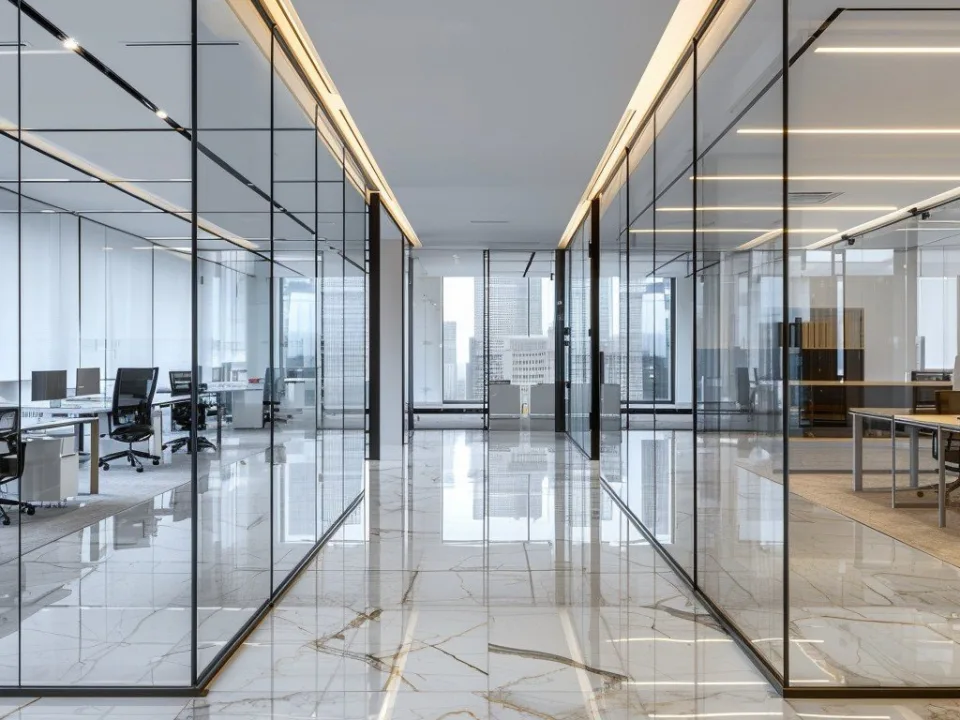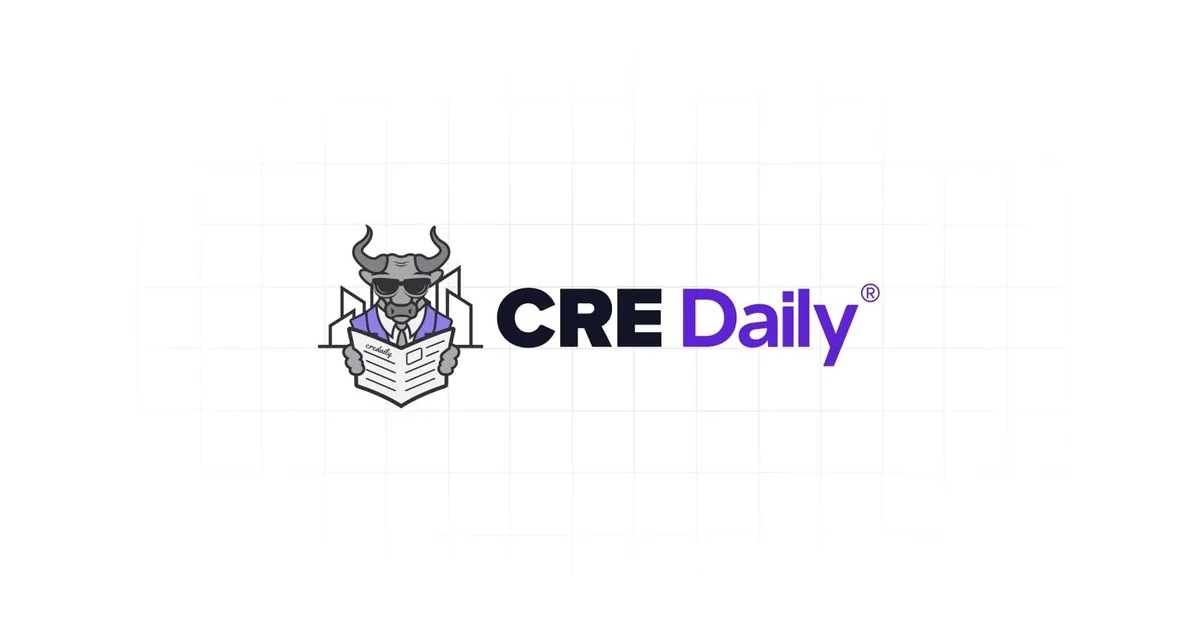In this episode of the No Cap Podcast, Jack and Alex welcome Tommy Lee, Global Head of Capital Markets at Trammell Crow Company, to unpack the return of institutional investors—and what it means for risk, development, and deal-making in today’s market.
Since 2018, Lee has helped raise and deploy over $22B, shaping Trammell Crow’s strategy across some of the largest CRE projects in the world.
In this episode, we explore how institutional capital is approaching US real estate in 2025, the risks around execution and capital stack strategies, why some deals aren’t worth pursuing, and why distressed assets may not be the opportunity they seem. We also unpack the hidden risks of so-called “risk-free” Treasuries—and their impact on commercial real estate.
Conversation Highlights
Jack: What kind of conversations are you having lately?
Tommy Lee: People are still buying, they’re just buying in different ways. The borrowers who are doing well are the ones who come prepared. The ones who aren’t expect to “talk through the capital stack” and figure it out after. That doesn’t work anymore. You need your equity, your story, your relationships all upfront.
Alex: What do lenders want to see from sponsors in this environment?
Tommy Lee: It’s all about sponsor strength. Who are you and what’s your track record. Can you execute. How much skin are you putting in. Are you over-levered somewhere else. If your story doesn’t check out, the deal won’t either.
If you can’t find capital for a good deal under our model, that deal is dead.
Jack: So how are people navigating rates right now?
Tommy Lee: Rates are high. That’s the reality. But that doesn’t mean capital is dead. There’s a spread between what people want to pay and what lenders are offering. If you’ve got the right structure, you can still get deals done.
We’re seeing lenders get creative. They’re structuring interest reserves, mezz layers, credit enhancements. Deals are still happening.
Alex: Are there any lenders out there being particularly aggressive right now?
Tommy Lee: Some debt funds are stepping back in. They sat on the sidelines in 2023, but now they’re seeing opportunity, especially in transitional deals. Regional banks are more selective, but they’re still lending in their footprints. The big institutional players? They’re cautious, but they’re quoting deals, especially if there’s strong sponsorship.
The conversation shifted to the capital stack and how lenders are approaching risk.
Alex: Is there still appetite out there for bridge or value-add deals?
Tommy Lee: Yes. There’s capital on the sidelines looking to go to work. It’s just more cautious now. The sponsors that can underwrite properly, bring real value to the table, and structure tight deals are getting funded. Not everything is getting bid up 20 times anymore. That’s actually healthy.
Jack: What separates the best borrowers from the rest right now?
Tommy Lee: Preparation. Sophistication. Certainty of execution. The best sponsors are coming in with pre-identified sources of capital, clear business plans, and answers to every lender question before they’re even asked. This is not 2021. You can’t wing it anymore.
Development is always local and regional, but capital is national and global.
Multifamily, industrial, and office each got their moment.
Alex: What asset classes are lenders actually leaning into?
Tommy Lee: Multifamily is still king, especially in growth markets. Industrial is steady. Lenders love it because of its fundamentals. Office is still tough unless it’s best-in-class and very localized.
Jack: What are you seeing in terms of distress?
Tommy Lee: There’s distress, but not a wave, more of a slow trickle. You’re seeing maturity defaults and refis that don’t pencil. That’s creating opportunity for rescue capital, preferred equity, or discounted note buys. But again, it comes down to sponsor quality. If you’re a known entity with liquidity, you can pick off some really strong deals right now.
Alex: When do you think we’ll return to a more “normal” market?
Tommy Lee: It depends on rates and inflation, but I think the back half of 2025 is going to be more active. Investors are tired of waiting. Once the Fed signals real clarity, there will be a flurry of movement. This pause we’re in? It’s not permanent.
Tommy wrapped up with a note on what matters most right now.
Jack: Final thoughts?
Tommy Lee: The number one thing is preparation. If you’re trying to raise debt or equity, bring your A-game. The market is there, it’s just not forgiving. If you come correct, you can win right now.
Watch the full episode on our YouTube Channel or your favorite podcast app.
Tune in weekly for new episodes of No Cap by CRE Daily!

